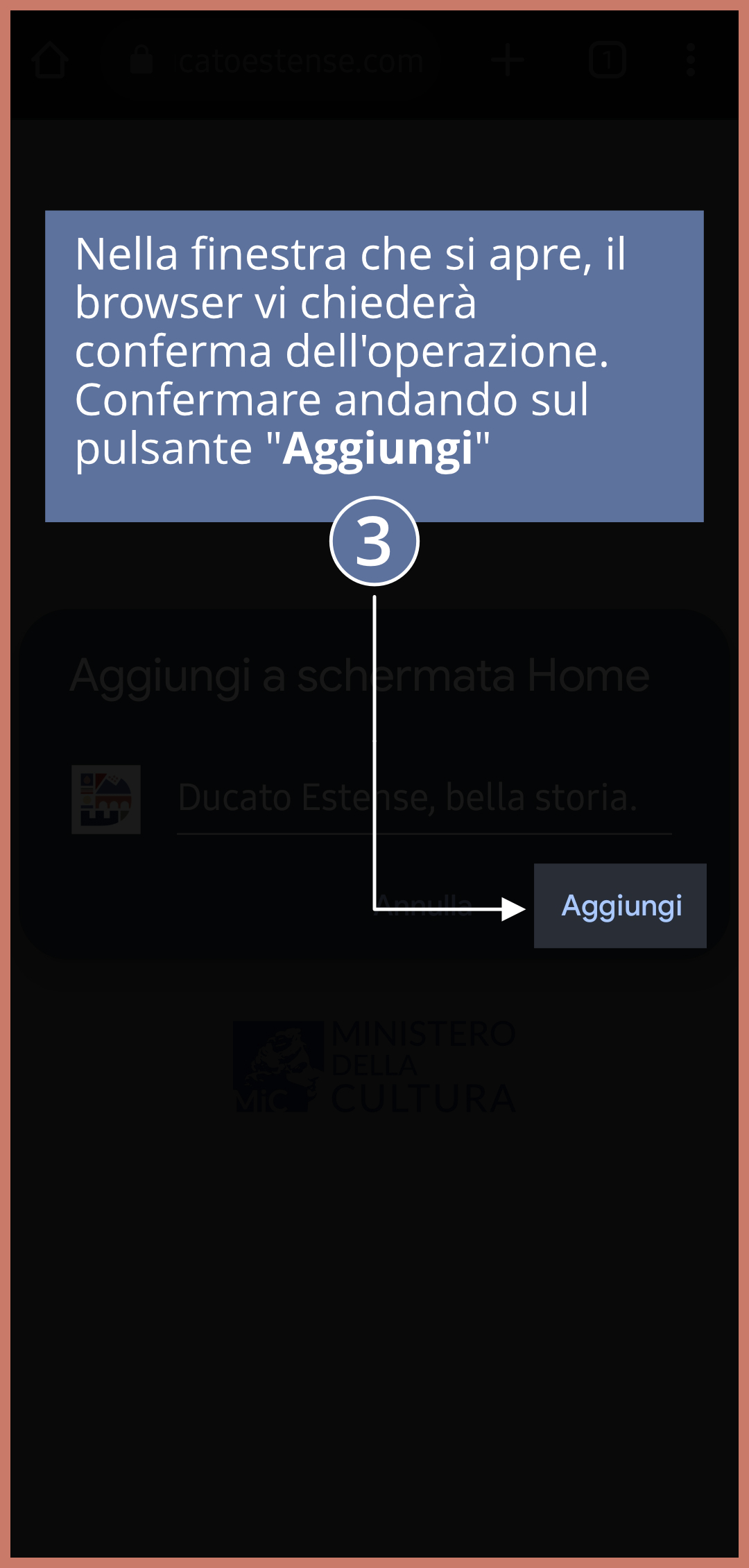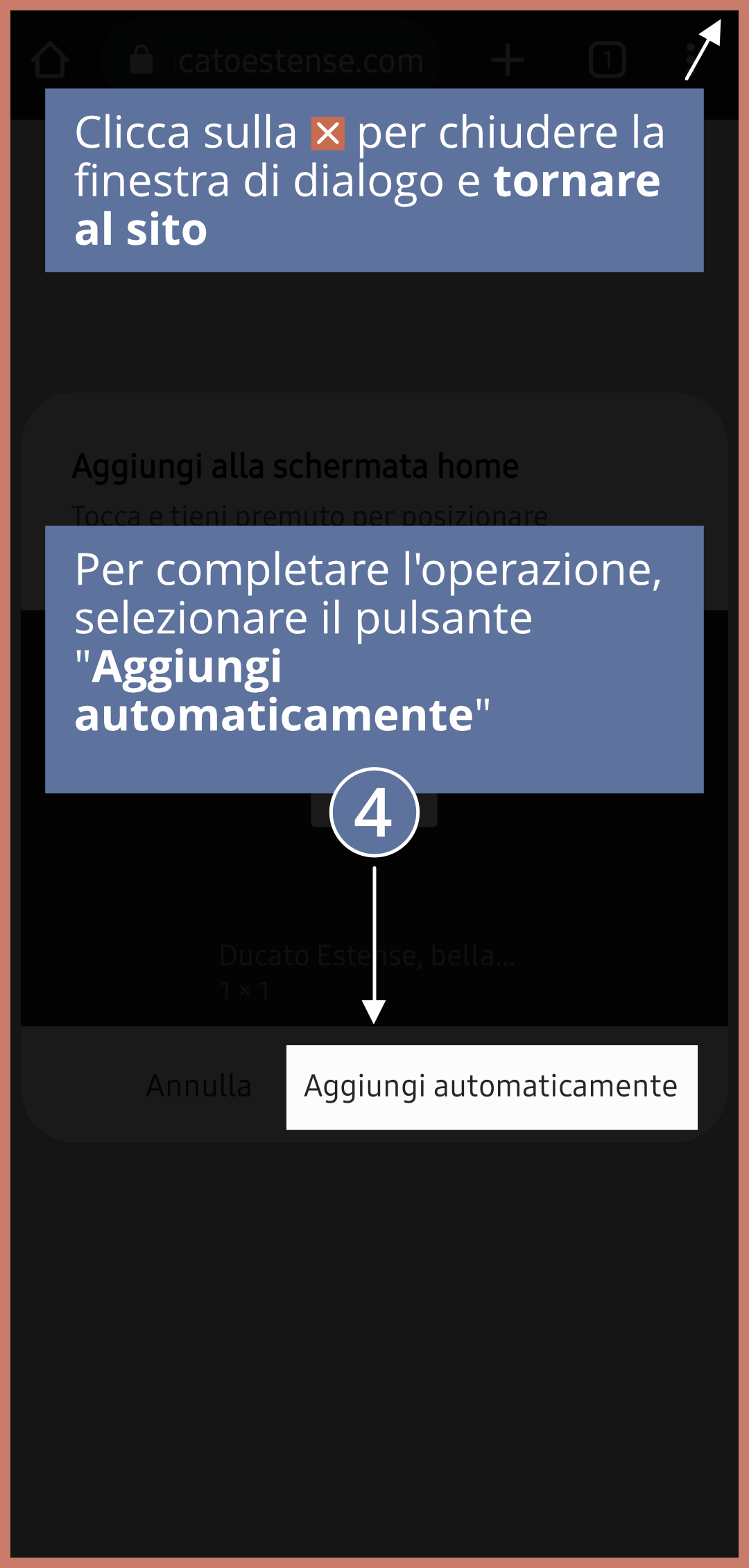Davide Mangolini
Rupe e Castello di Canossa/ Rocca di Canossa
Alfonso II
Rising on the summit of a steep cliff in the Reggio Emilia Apennines, the Canossa Castle represented a symbol of the extraordinary power gained between the 10th and 12th centuries by the noble lineage that took its name from this place. Although there are few surviving traces of the castle, archaeological excavations and investigations have led to a hypothetical reconstruction of the Canossa complex.
The original nucleus seems to date back to the 10th century: during this period, the highest part of the cliff was occupied by the keep and a first defensive enclosure, and it was also presumably in this area that the lord’s quarters were concentrated. A second defensive circuit, separated from the first by a curtain wall, enclosed an area at a lower level that was functionally independent of the previous one; here the monastery and the church of Sant’Apollonia were built.
Service buildings and warehouses were also built to complete the fortress. The residences of the servants and the military contingent outside this complex were protected by a second defensive belt, which from an even lower altitude embraced the cliff, connecting to the higher fortified core along the northern slope. A third fortified circuit was finally built at the foot of the hill to enclose the village dwellings.
CANOSSA
Canossa Castello
Reggio Emilia
Open to visits
Fortification






